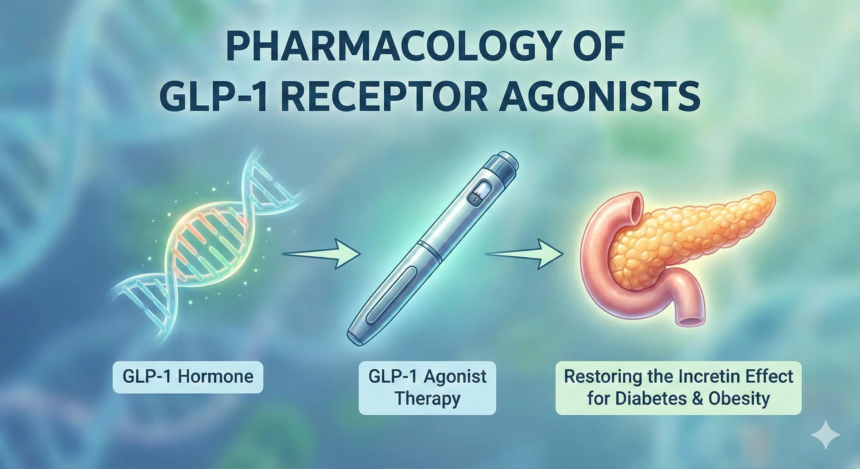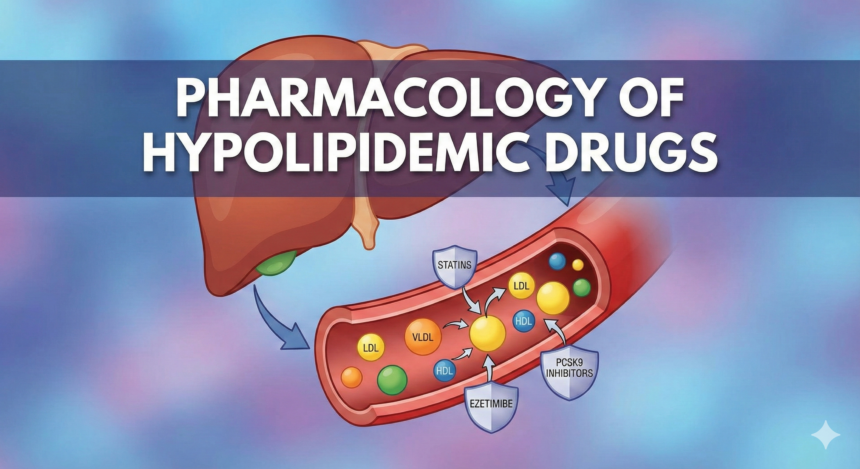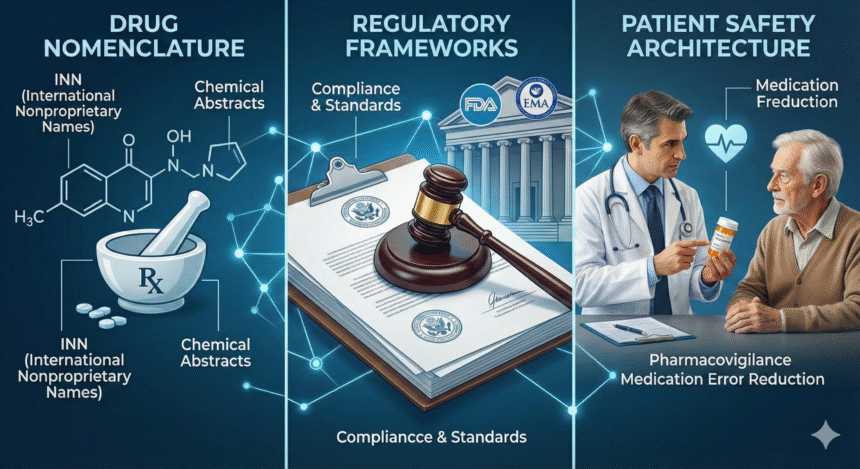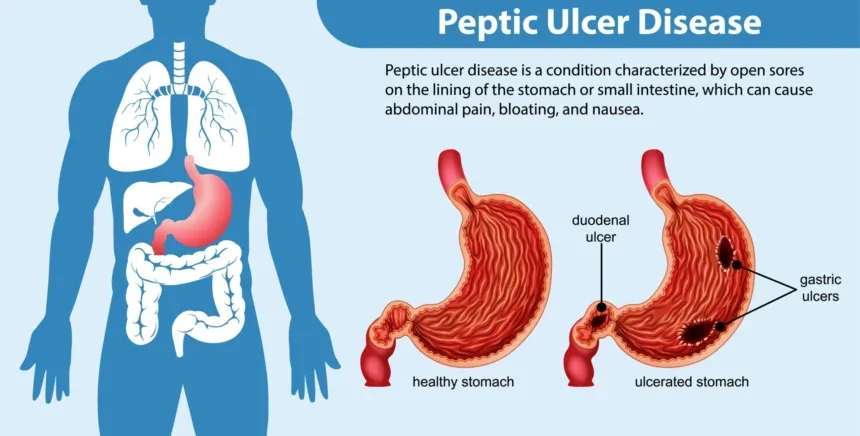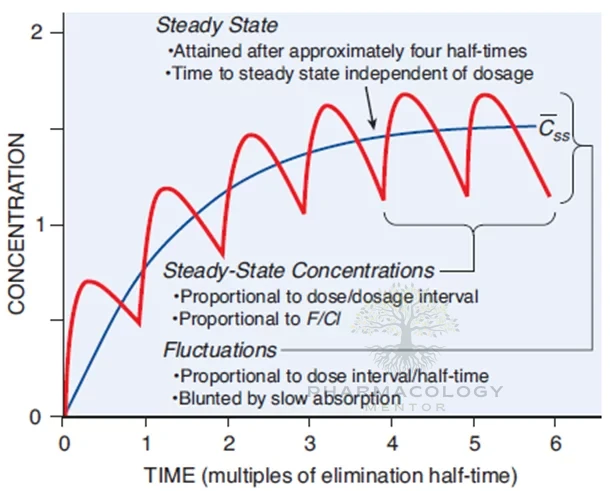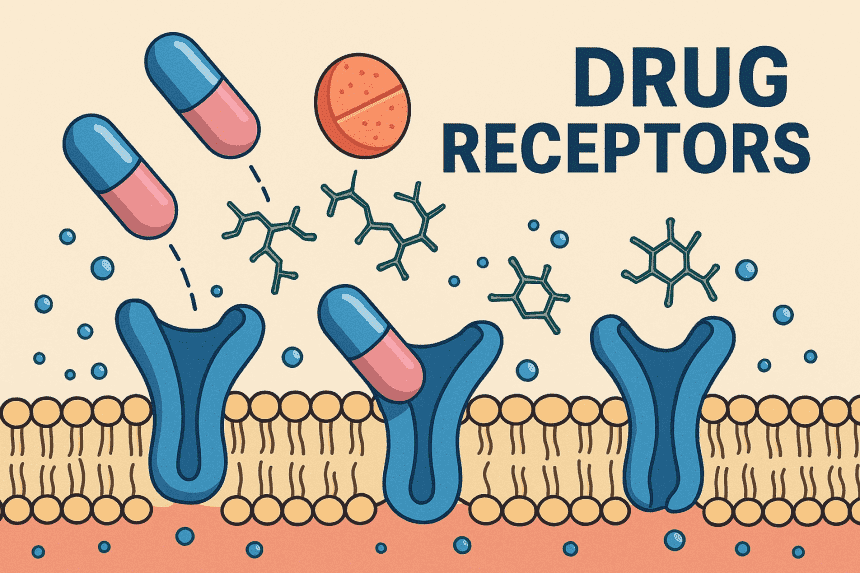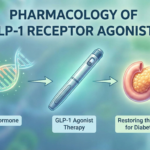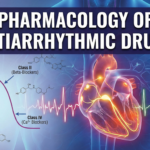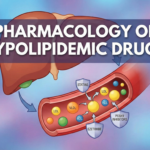Pharmacology of GLP-1 Agonists
1. Introduction: The Incretin Effect To understand GLP-1 agonists, one must first understand the "Incretin Effect." This physiological phenomenon describes the observation that oral glucose administration elicits a much higher…
Pharmacology of Antiarrhythmic Drugs
1. Introduction to Cardiac Electrophysiology Understanding antiarrhythmic drugs requires a foundational understanding of the cardiac action potential (AP) and the ion channels that govern it. Cardiac arrhythmia is defined as…
Pharmacology of Hypolipidemic Drugs
1. Introduction to Lipoproteins and Lipid Metabolism Hyperlipidemia (or dyslipidemia) is defined as an elevation in plasma lipids, including cholesterol, cholesterol esters, triglycerides (TGs), and phospholipids. These lipids are insoluble…
A Comprehensive Treatise on Drug Nomenclature, Regulatory Frameworks, and the Architecture of Patient Safety
Executive Summary The nomenclature of pharmaceutical agents is not merely a bureaucratic exercise in labeling; it is the foundational linguistic infrastructure of modern medicine. It serves as the critical interface…
Antiarrhythmics – A quick summary
I. Introduction and Electrophysiological Basis Cardiac arrhythmias are disorders of the heart rate or rhythm caused by abnormalities in electrical impulse formation or conduction. Antiarrhythmic drugs (AADs) aim to restore…
Pharmacotherapy of Peptic Ulcer
Scope: Pathophysiology, Drug Classifications, Mechanisms of Action, Clinical Pharmacology, and Therapeutic Guidelines. I. Introduction and Pathophysiology Peptic ulcer disease (PUD) is a chronic, relapsing inflammatory disorder characterized by a breach…
Diabetes Mellitus: Pharmacology of Antidiabetic Agents
1. Introduction to Diabetes Mellitus and Glycemic Control 1.1. Overview of Diabetes Mellitus Diabetes Mellitus (DM) is not a single entity but a heterogeneous group of metabolic disorders characterised by…
Steady-State Concentration: Principles, Calculations, and Clinical Application
Steady state is a cornerstone concept in clinical pharmacokinetics. It connects dose, dosing interval, and patient-specific clearance to the drug concentrations that drive therapeutic and adverse effects. Yet, “steady state”…
Drug receptor classes
There are four classes of drug receptors, G protein-coupled receptors, ligand-gated ion channels, enzyme-linked receptors (receptor tyrosine kinases and cytokine receptors), and intracellular nuclear receptors, each of which transmits its…
Over-the-Counter (OTC) Drugs in India: A Comprehensive Overview
Main Takeaway: India lacks a unified regulatory framework for OTC drugs, creating a complex landscape where medications not listed as prescription-only are sold over-the-counter. With 62.3% of urban populations practicing…



